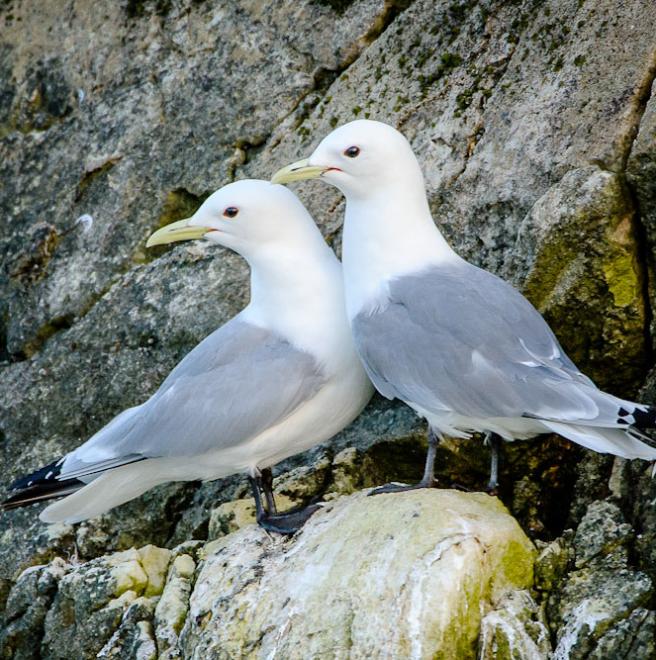

Because of its northerly haunts and seafaring ways, this elegant gull is relatively little known to most U.S. birders. The Black-legged Kittiwake breeds in colonies on steep sea cliffs, and then disperses in winter to the open ocean. Audubon’s climate model indicates substantial increases in the amount of suitable climate space for both wintering and breeding populations—but only 8% of the current summer area remains stable. Additionally, these projections need to be tempered by two realities of the species’ natural history: its pelagic habits in winter and its specialized island cliff-nesting habitats in summer. Major incursions inland, even where suitable climate exists, seem impossible.
Explore more birds threatened by climate change around the country.





















It's easier than you think to make a difference. Become an Audubon member today to help birds facing climate change.